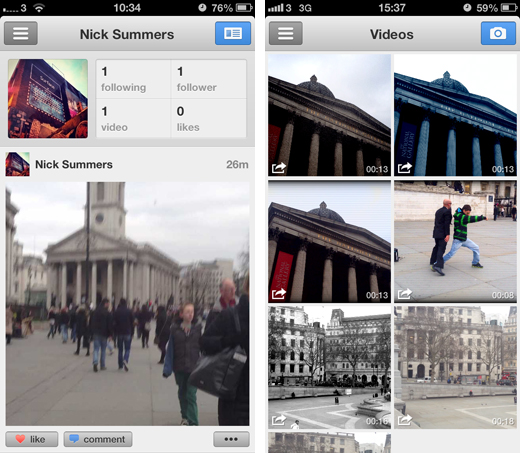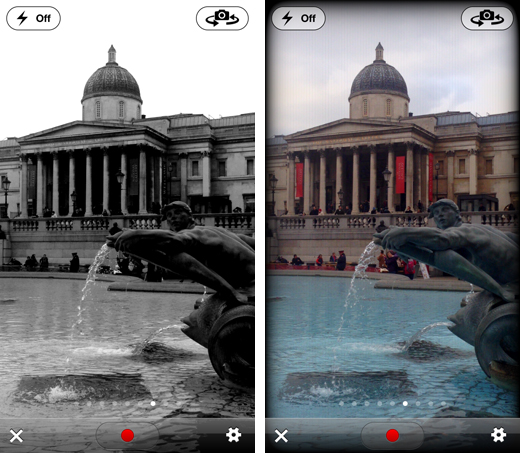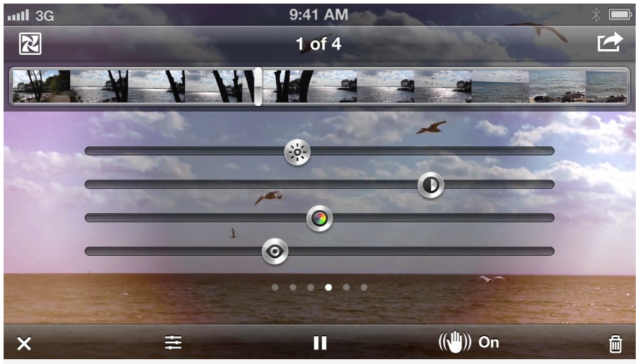In another indication it’s taking smartphone photography and videography seriously, Facebook-owned Instagram today bought a small Silicon Valley startup Luma, formerly known as Midnox.
The transaction represents Instagram’s first acquisition since joining Facebook’s fold in April 2012. The startup is behind Luma Camera, an iOS app designed to make it easy to record and share high-quality video.
This isn’t your typical acqui-hire: Instagram is both after Luma’s talented engineers and its advanced technology which makes possible real-time cinematic processing such as filters, effects and video stabilization. As you could imagine, the promising app got immediately pulled fom the App Store following the deal…
AllThingsD confirmed the deal with Facebook.
Luma warned it will be shutting down the service on December 31, 2013 and invited existing users to download their videos before the cut-off date.
Terms of the deal were not disclosed at post time.
Luma’s advanced video features are likely to be folded into the Instagram app as the team hopes “to see you on Instagram”. Even though Instagram can automatically stabilize shaky video, the app can only do so after you’ve finished taking it. According to a source that spoke to TechCrunch, Luma’s technology is already live in Instagram.
Luma’s tech supports changes to video brightness, contrast, saturation and exposure in real-time, as the video is playing at full resolution. It can also do on-the-fly changes to filters, with no post-processing or waiting of any kind. To get you a feel of how advanced their technology is, check out this video showcasing real-time color grading, courtesy of Luma’s Infinite Filter technology.
According to Luma, cinematic video stabilization taps advanced motion retargeting algorithms to not only remove handshake, but also ensure that users get the smoothest possible shot.
“We could talk for days about the technology and the science that goes into making this possible on a tiny device like the iPhone,” the startup wrote in a blog post.
Here, check out Luma tech in action.
A little backgrounder:
Everything you see in this video was shot completely handheld with Luma. The motion retargeting algorithm automatically figures out the ideal camera motion (whether it’s a stationary, panning, dolly, or steadicam shot that you’re after) and retargets the video to match that motion.
No need for expensive tripods or bulky mounts. Simply tap record and let Luma do the rest. It’s cine-magic.
If your wondering how Luma got its name, your videographer friends could immediately tell you that luma, as implemented in video engineering, represents the brightness or the achromatic image and is usually combined with chrominance (the color information).
Facebook two months ago made a long-expected move in video by announcing the ability to capture and share recordings via Instagram. It enraged die-hard fans who complained about being subjected to bandwidth-hungry video clips appearing in their feed (auto-play for videos can be disabled in Instagram settings).
Instagram’s focus on video was inevitable given Twitter’s Vine and a bunch of other video sharing startups are constantly threatening to steal app time from Instagram.


